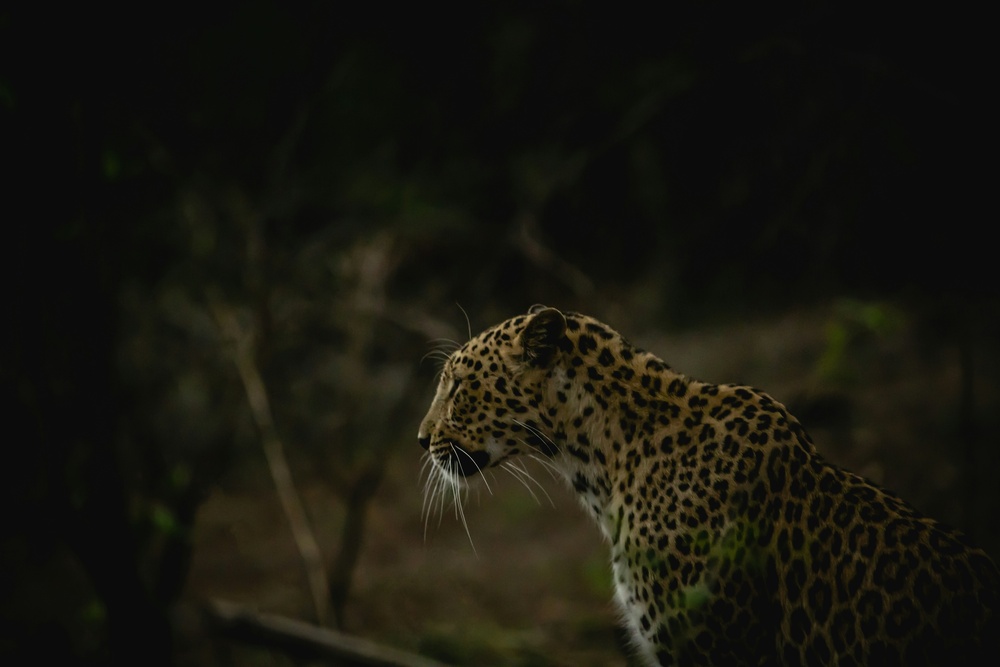Gir National Park, situated in the state of Gujarat, India, is one of the most renowned wildlife sanctuaries in the country, primarily known for being the home of the endangered Asiatic lion. The park’s diverse ecosystem, comprising of dry deciduous forests, grasslands, and rich water sources, makes it a haven for nature lovers and wildlife enthusiasts alike. However, the best time to visit Gir National Park largely depends on the weather conditions and your specific interests. Whether you are looking to embark on an exciting safari or immerse yourself in the stunning landscapes, understanding the right season to visit is essential. In this guide, we’ll explore the best seasons for safari and wildlife viewing in Gir National Park.
1. Summer (March to June): Thrilling Safari Experience with High Wildlife Sightings
While summer in Gir can be quite harsh, with temperatures soaring above 40°C (104°F), this is actually one of the most rewarding times for those looking for the ultimate wildlife viewing experience. Despite the heat, summer offers some of the best opportunities to spot animals, especially the elusive Asiatic lions.
Why Summer is Ideal for Wildlife Viewing:
- Wildlife Visibility: As the temperature rises, water sources in the park begin to dry up, forcing animals to gather around the remaining water bodies. This increases the chances of spotting a variety of wildlife, including the Asiatic lions, leopards, wild boars, and other predators. The dry landscape makes it easier to spot animals as they tend to congregate near waterholes.
- Bird Watching: Summer is also a good time for bird watching, as migratory birds visit the park’s water sources. You may spot various species of storks, peafowls, and vultures.
- Thrilling Safari: The intense heat and dry terrain offer a thrilling safari experience. If you’re seeking a more adventurous experience, summer safaris in Gir offer an exciting opportunity to witness the raw wilderness of the park.
Considerations for Visiting in Summer:
- Extreme Heat: The heat can be overwhelming during the day, so safaris are generally best taken early in the morning or late in the evening when temperatures are more tolerable.
- Limited Comfort: While the park is open year-round, some amenities may not be as comfortable during the peak heat of summer. Visitors need to be prepared for hot weather and may need to carry adequate water and sun protection.
2. Monsoon (July to September): A Season of Renewal and Tranquility
From July to September, Gir experiences the monsoon season, which brings moderate to heavy rainfall. As a result, the park is typically closed to visitors during this period to protect both the flora and fauna from the effects of the heavy rains.
Why the Monsoon Isn’t Ideal for a Visit:
- Park Closure: Gir National Park usually remains closed from mid-June to mid-October, with the peak of the monsoon being particularly disruptive to wildlife and safari operations. Heavy rainfall makes the terrain slippery and unsafe for safaris, and roads within the park may become impassable.
- Wildlife Sightings Are Limited: With the arrival of the rains, animals tend to spread out across the park and aren’t easily visible, making it harder to spot the iconic Asiatic lions and other species.
However, there is a certain charm to the monsoon:
- Lush Greenery: The park transforms into a lush green haven, and for those who appreciate the rejuvenation of nature, it offers a peaceful retreat. The monsoon brings fresh life to the park, making it a beautiful time for nature lovers who are not necessarily looking for wildlife sightings.
- Reduced Crowds: Since the park is closed for much of the monsoon, when it reopens in September, it often has fewer visitors, which could provide a more serene, off-the-beaten-path experience.
3. Winter (October to February): Perfect for Wildlife Enthusiasts and Safari Lovers
Winter, spanning from October to February, is undoubtedly the best time to visit Gir National Park for both wildlife viewing and safari enthusiasts. During this period, the weather is pleasant, and animals are more active, offering optimal conditions for sightings.
Why Winter is the Best Season for Safari and Wildlife Viewing:
- Pleasant Weather: Winter brings cool temperatures ranging from 15°C to 30°C (59°F to 86°F), making it much more comfortable for safaris. Visitors can enjoy their exploration without being overwhelmed by the summer heat or monsoon humidity.
- Increased Wildlife Sightings: The cool weather brings animals out of the dense underbrush as they become more active in search of food and water. This makes it a prime time to spot the Asiatic lion, leopards, sambar deer, spotted deer, and wild boar, among other species. The probability of lion sightings is higher during this period, as the animals are more visible and active.
- Bird Watching: Winter is also the best time for bird watchers, as many migratory birds visit Gir during these months. The park becomes a hotspot for observing species such as flamingos, Indian eagle owls, storks, and pelicans, particularly around the park’s water bodies.
- Comfortable Safari: The pleasant weather allows for safaris to be conducted at all times of the day, including mid-morning and afternoon. This increases the chances of observing wildlife throughout the day, rather than just early morning or evening.
Challenges of Winter:
- Crowds: As winter is the peak tourist season, Gir National Park can become crowded, especially around December and January. To avoid the rush, it’s advisable to book safaris in advance or visit earlier in the season, such as October or November.
- Limited Availability of Safaris: Given the high demand during the winter months, safari slots fill up quickly, and it’s important to plan your visit well in advance to secure your spot.
Conclusion: When to Visit Gir National Park for the Ultimate Wildlife Experience
If your primary goal is to witness wildlife, particularly the majestic Asiatic lions, winter (October to February) is the best time to visit Gir National Park. The pleasant weather and high wildlife activity make it ideal for safaris and bird watching. However, if you want to experience the thrill of a summer safari and don’t mind the heat, the summer months (March to June) provide an exciting and rewarding experience, albeit with some discomfort from the heat.
For those who enjoy a quiet retreat into nature and aren’t focused on wildlife sightings, the monsoon season (July to September) offers a peaceful escape, but be aware that the park may be closed for a significant portion of this period.
Ultimately, the best time to visit Gir National Park will depend on your preferences, but choosing the right season will ensure you have a memorable and fulfilling wildlife adventure.



























